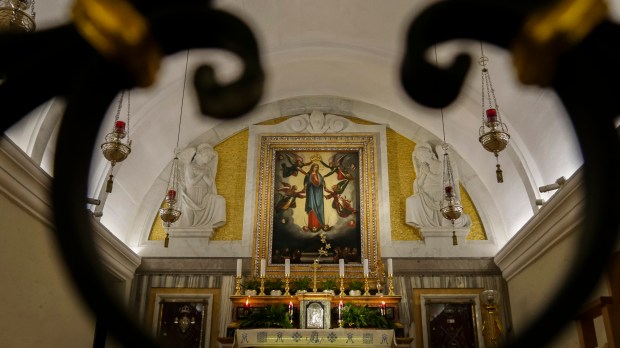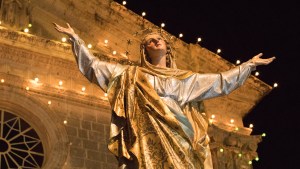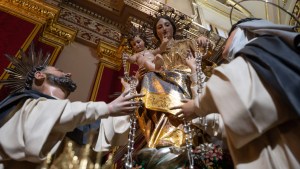Malta, a sun-drenched archipelago in the heart of the Mediterranean, boasts a 2,000-year-old Christian tradition woven with threads of history, culture, and unwavering faith. This small island nation transcends its reputation as a haven for sun-seekers and history buffs: it is also a holy sanctuary for pilgrims seeking solace and blessings under the watchful gaze of the Virgin Mary. Home to over 350 churches (a staggering number for its size), the archipelago is a Marian fortress of sorts: a remarkable proportion of these sanctuaries are dedicated to the Blessed Mother, each one an architectural wonder in its own right. These churches serve not only as spiritual sanctuaries, but also as living museums, showcasing Malta’s artistic heritage and the deep faith that has bloomed in the islands for centuries.
The cornerstone of this deep devotion to the Virgin Mary lies in the very foundation of Maltese Christianity. The book of Acts has it that St. Luke, companion and secretary of the Apostle Paul, arrived in Malta after their shipwreck in 60 AD. Since then, devotion to Mary, the Theotokos (God’s Mother), has flourished throughout the islands. This devotion is evident in the sheer number of churches dedicated to the Virgin Mary: over 200 in all. Virtually every village has its own Marian sanctuary, which serves as the beating heart of the community. More than just places of worship, these sanctuaries are centers of touching religious festivals, solemn processions and joyful social gatherings, fostering a deep sense of belonging and shared faith.
The New Testament says very little, almost nothing, about how Jesus looked. It does not say anything about the looks of the apostles either, or Mary’s. None of the four Gospels physically describes Jesus, his followers, or his mother. However, the Christian tradition has nevertheless represented him using different iconographic models, and Marian icons are as old as Christianity itself. Some of the images these artists have made are considered miraculous by thousands (if not millions) of Christians around the world. Malta, one of the earliest cradles of Christianity, is home to some very special miraculous images, shrines, and chapels.
Mellieha: A shrine steeped in miracles
One such Marian shrine, nestled in the hills of northern Malta, is the Sanctuary of Our Lady of Mellieha. This sanctuary is particularly famous for its venerated icon of the Madonna and Child. A tradition shrouded in the mists of time claims that St. Luke himself painted this holy image. Regardless of its true origins, it has become a powerful symbol of hope and miraculous intervention. Pilgrims flock to this venerated icon, whose colors remain surprisingly vibrant despite the passage of centuries, also thanks to the restoration interventions of Atelier del Restauro. The image exudes a sense of serenity and compassion, attracting thousands of devotees seeking solace and blessings from the Blessed Mother. Local lore speaks of countless miracles attributed to the icon, with some claiming to have seen the white statue of the Mother of God, kept in a subterranean Grotto, move her hand in response to fervent prayers.
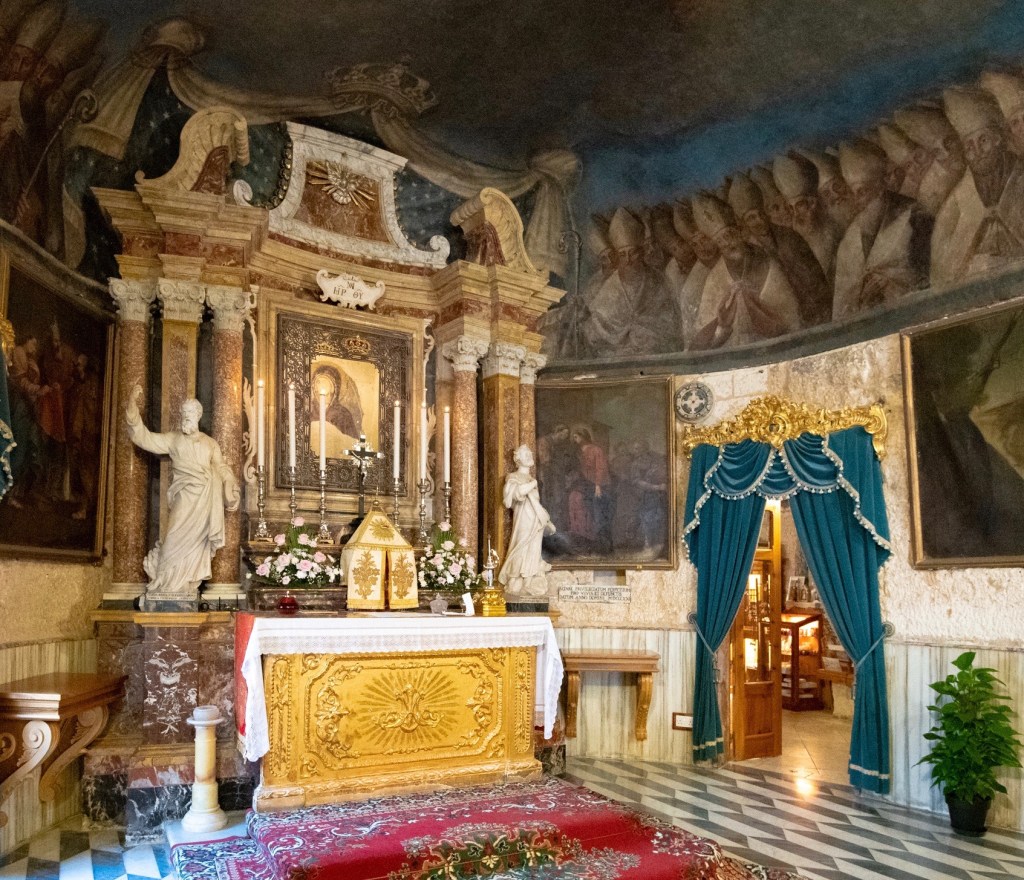
Now, imagine for a moment that you are standing in front of the venerated icon of Our Lady of Mellieha. The weight of history rests upon you as you gaze at the image, its presence defying the hands of time. As you kneel in prayer, a deep sense of serenity washes over you. You whisper a silent request to the Virgin Mary, a plea for guidance or comfort, perhaps for a loved one back home. A tear rolls down your cheek as a sense of overwhelming peace replaces your fears. In that moment, amidst the quiet murmur of other pilgrims, you experience a profound renewal of faith – a feeling that your prayers have been heard.
The Sanctuary of the Holy Icon is also one of 20 National Marian Shrines which form the European Marian Network. Also, the Mellieħa Madonna Shrine is a member of the Association Mary, Mother of Europe. In 2015, the Maltese Episcopal Conference established it as the National Shrine of Our Lady for the diocese of Malta.
Descending from the main Shrine, a flight of steps across the road leads to the coolness of the subterranean grotto. The chapel was hewn out of the hard limestone in the seventeenth century, thanks to a Sicilian devotee of Our Lady who was a regular visitor to the Sanctuary of the Madonna of Mellieħa. He is also responsible for the completion of a white statue of Our Lady holding the Holy Infant on her left arm, at the far end of the chapel. Here, visitors will find the miraculous white image of Our Lady, as if bathed in a soft, ethereal glow. This serene atmosphere fosters a sense of peace and introspection, inviting pilgrims to reflect on the mysteries of faith and the abiding presence of the Virgin Mary. Over the years thousands of pilgrims visited the underground Shrine and prayed before the Madonna, attributing to her many miraculous interventions and healings, spiritual and temporal. Of special note were events recorded in 1887, 1888 and 1948. Various groups of people on different dates and time were gathered to pray and beheld the white statue of Our Lady repeatedly moving her right hand, making the Sign of the Cross. In the Sanctuary Archives, there are 13 separate documents that record these happenings.
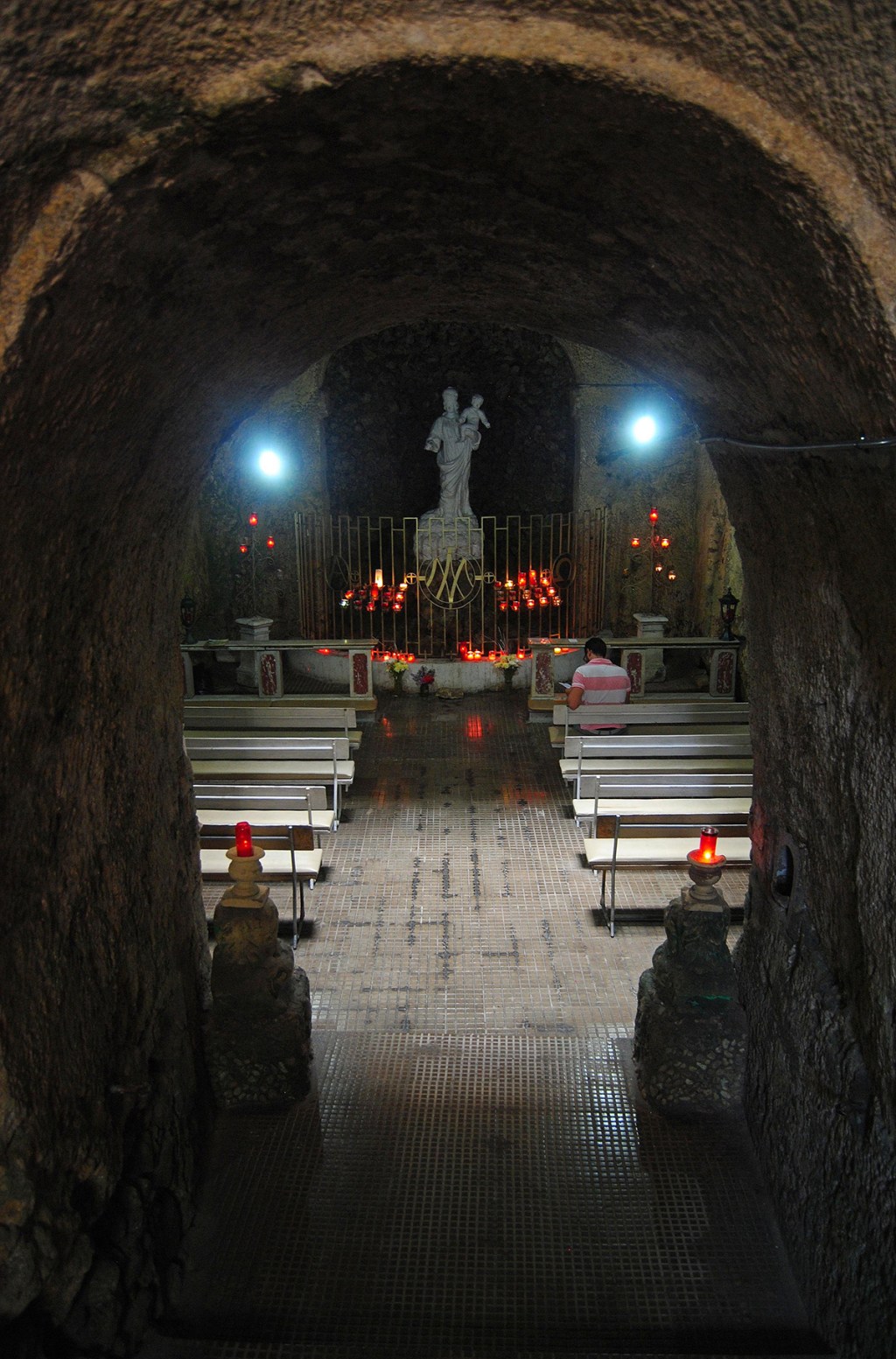
Ta’ Pinu: A basilica born of answered prayers
Crossing the channel to the sister island of Gozo, we encounter another powerful testimony of Marian intercession: the Basilica of Ta’ Pinu. The beginnings of the devotion to the Blessed Virgin Mary of Ta’ Pinu are so ancient that they are lost in the mist of time. The original local church was a small chapel, known as Ta’ Ġentile, dedicated to the Assumption. Very recent studies by Joseph Bezzina, show that it dates back to the beginning of the 15th century. The name Ta’ Ġentile was dropped and the church became known as Ta’ Pinu (Of Pinu, or Philip) – named after Pinu Gauci, who had become the procurator of the church in 1598.
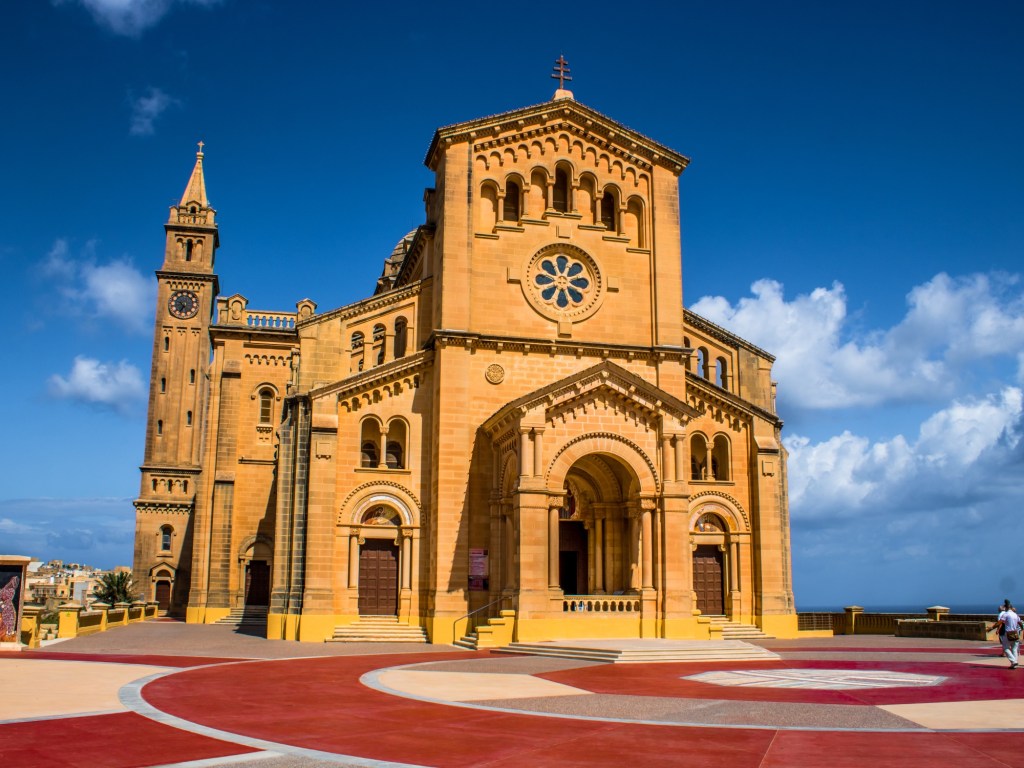
In 1883, Karmni Grima from Għarb heard a call on her way home. A mysterious voice called her three times: “Come! Come! Come!” Karmni was astounded, because at that time of the day, the fields were deserted, and no one could have possibly spoken to her. When she resumed her way the same mysterious voice again told her: “Come, come, today, because a year will have passed before you will be able to visit this place again.” So, she walked toward the chapel, figuring that she would see the Blessed Virgin. She peeped through the little aperture in the door pane but saw no-one. When she entered the chapel to pray, a feeling of ineffable rapture gripped her. The same voice addressed her again: “Recite three Hail Marys in remembrance of the three days during which my body lay in the tomb” – and so she did. For two years Karmni said not a word about what had happened. Then she disclosed her secret to Franġisk Portelli, an upright man who was renowned for his devotion to Our Lady of Ta’ Pinu. Amazingly, at about the same time, he had heard a mysterious voice asking him to say prayers in honor of Christ’s hidden shoulder wound caused by the weight of the heavy cross along the tortuous path to Calvary. A short time later, Franġisk’s mother was miraculously healed by the intercession of the Blessed Virgin of Ta’ Pinu. It was obvious that the matter could no longer be kept secret, and rumors that Our Lady of Ta’ Pinu had given a message to two persons from the village of Gharb began to spread like wildfire. Extant documents written by Karmni’s spiritual director also testify that the Blessed Virgin appeared to her even at her home in the village of Għarb. Today, Karmni’s home is open to visitors.
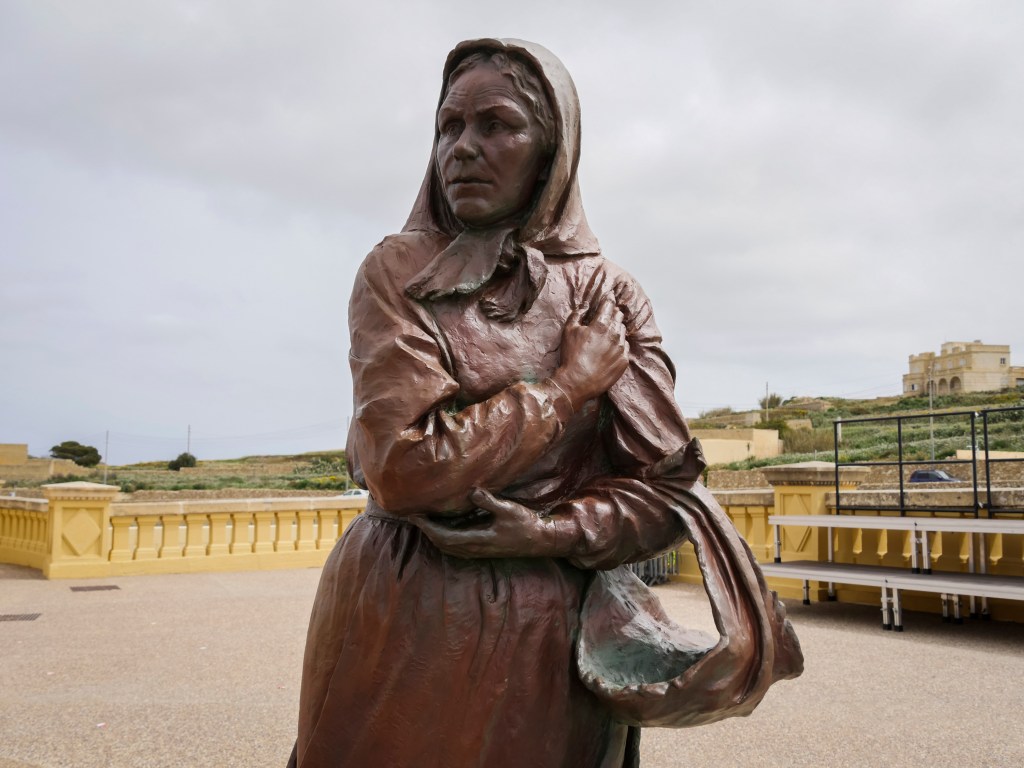
Ta’ Pinu has long earned the reputation of “the Church of Miracles.” Testimonies of divine healings abound, and some of the walls of the basilica are adorned with tokens of gratitude left by those whose lives were transformed through prayer and intercession. From unexplained recoveries to miraculous restorations, countless pilgrims journey here, seeking physical and spiritual aid. The basilica’s museum offers a glimpse into these stories of steadfast faith and answered prayers.
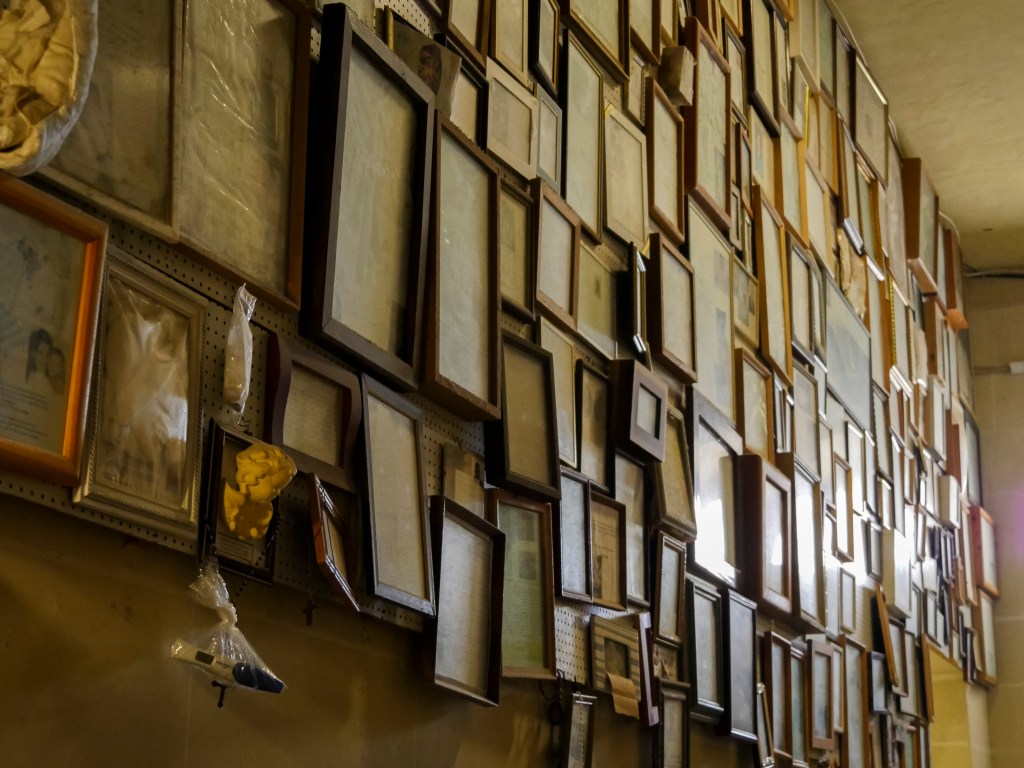
Each year, the Basilica of Ta’ Pinu welcomes thousands of devoted Catholics from across Malta and far beyond. Whether drawn by a deep, personal faith, the hope of healing, or simply the awe-inspiring beauty of the structure, visitors find conversion, peace, and inspiration within its sacred walls. Ta’ Pinu stands as a testament to the human fundamental need for connection with the divine, reminding us that even in our darkest hours, the power of prayer and belief can work wonders.
Beyond the majestic churches and basilicas: A journey of discovery
While Malta’s grand basilicas are awe-inspiring, we find its Marian heart beating in the island’s everyday expressions of faith as well. To truly connect with the Maltese spirit, you would do well to venture into the archipelago’s daily life: niches devoted to Our Lady and the saints are to be found anywhere, and the archipelago’s many festas are all aligned with the liturgical calendar. Even its food has distinctively religious overtones. An ubiquitous Marian symbolism is woven into the Maltese landscape. From large statues adorning town squares to smaller images found in the façades of most houses, the presence of the Virgin Mary is felt at every turn. These visual reminders are a constant testament to the nation’s deep devotion. Take a moment to appreciate the artistry of these depictions, whether they are ornate masterpieces or humble tokens of devotion. They speak of a collective faith that has endured for generations.
Indeed, Malta’s Marian shrines are not just places of quiet contemplation. They come to life in spectacular fashion during the annual village feasts. These joyful and solemn celebrations, dedicated to a village’s patron saint or to a miraculous image in particular, often have the Virgin Mary at their center. Imagine streets aglow with colorful lights, balconies draped with banners, and the air filled with marching bands and the joyous chatter of the community. The centerpiece of these celebrations is the solemn procession in which a richly decorated statue of the Virgin Mary is carried through the streets. Observe the awe on the faces of the faithful, their eyes sparkling with devotion as they offer prayers and petitions to their beloved Mother.
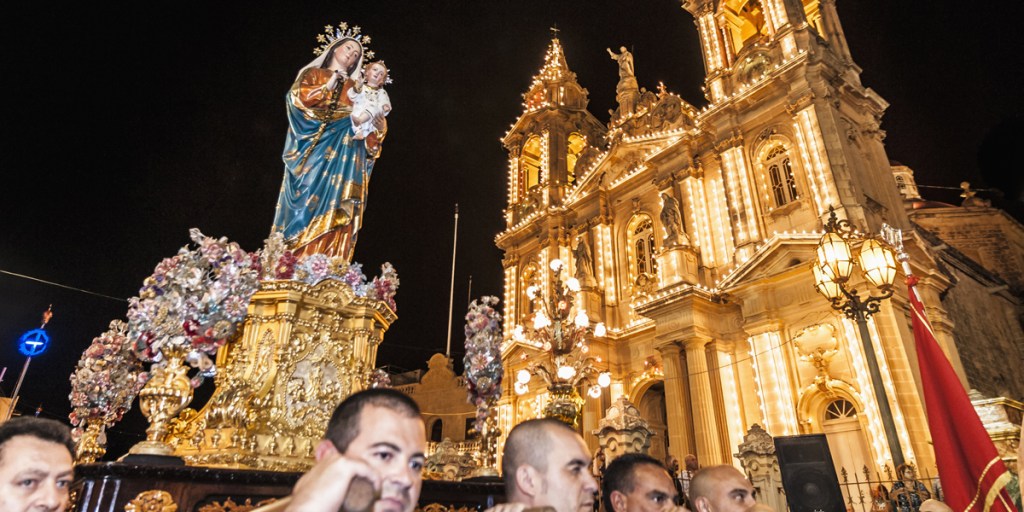
These festas give the pilgrim an exceptional opportunity to experience the warmth of Maltese hospitality. Their stories and personal insights will illuminate the true meaning of Mary in their lives. Engage in conversation with an elderly parishioner as he prepares the village church for a feast. Watch a shopkeeper pause to pray as the church bells ring out the Angelus. These encounters reveal the deep integration of faith and daily life – a testament to the enduring power of Mary as a guiding force.
Indeed, the Maltese islands aredotted with countless smaller churches and chapels. These often overlooked gems offer a more intimate experience. Seek out for these humble sanctuaries, tucked away in narrow streets or nestled among rolling hills. Their simplicity and serene ambiance invite a more personal connection to the divine. Light a votive candle and whisper a prayer under the watchful eye of a statue of the Madonna, or simply sit in silent contemplation, absorbing the centuries of faith that permeate the space.
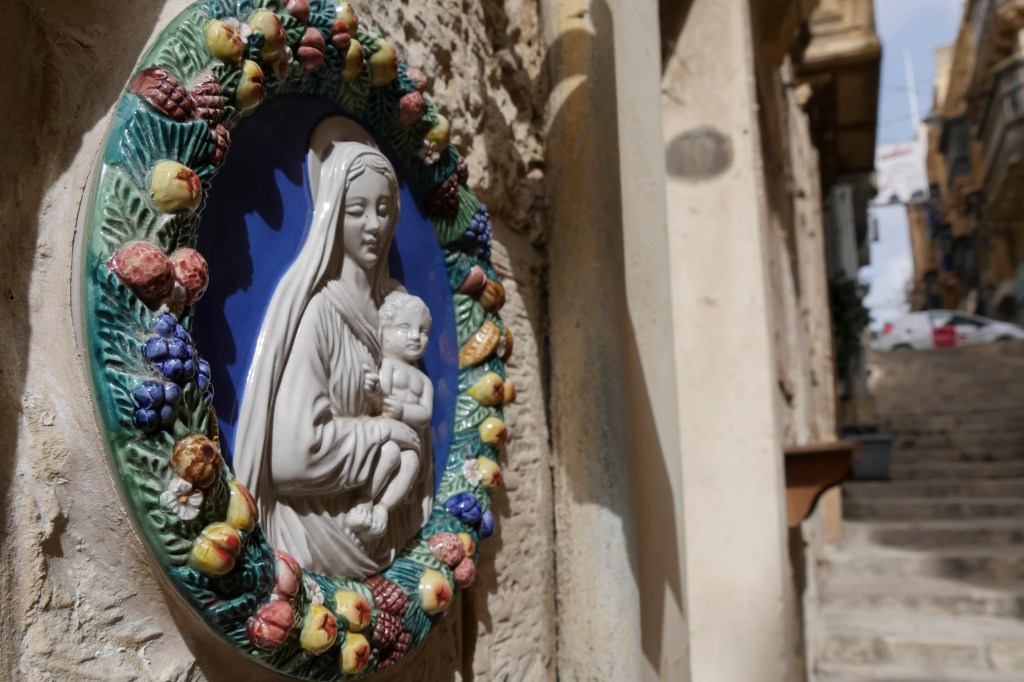
Marian legends and miracles: Whispers of the divine in Malta
Throughout history, faith has found some of its most passionate expressions in stories of miracles and divine intervention. Legends of miraculous healings and answered prayers serve as beacons of hope and devotion. Malta, a unique bastion of Catholic faith and Marian devotion in the Mediterranean, has a distinctively rich tradition of miraculous narratives that have always inspired and shaped the island’s spiritual landscape. Here is a list of some of the most notable shrines, chapels, and grottoes that are also deemed miraculous:
· Church of Our Lady of Miracles (Il-Madonna Tal-Mirakli), Lija: Legends abound at this ancient shrine in the heart of Malta. Stories of inexplicable healings and divine protection have been whispered for centuries, drawing pilgrims from near and far.
· Our Lady of the Grotto, Rabat: This serene sanctuary, carved into the natural rock, is said to hold a special power. Pilgrims come seeking solace and renewal, drawn by the belief that prayers whispered in the grotto have special power.
· Immaculate Conception of Sarria, Floriana: This magnificent church holds a unique place in the hearts of Maltese people. Stories of its miraculous endurance through times of conflict and its protective presence over the city inspire unwavering devotion.
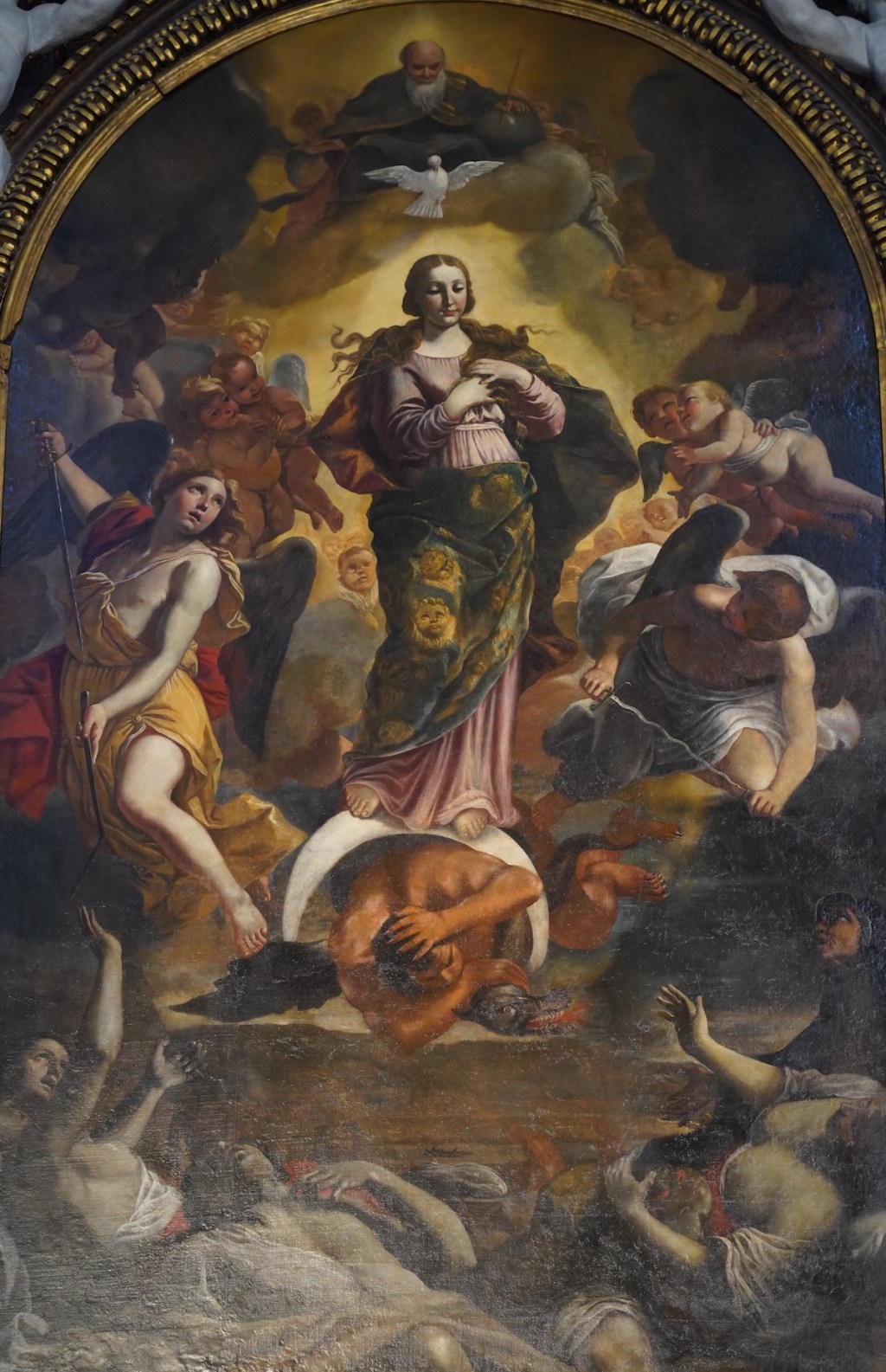
· The Assumption (Taż-Żellieqa), Għargħur: Nestled among rolling hills, this picturesque church exudes an aura of peace. Its namesake, the Assumption of the Blessed Virgin Mary, holds deep significance, and stories whispered here tell of answered prayers and unexpected blessings.
· The Assumption of the Blessed Virgin Mary (Wied is-Sir), Mosta: This ancient church, now a mere memory, evokes poignant stories of enduring faith. Local lore tells of unwavering devotion to Mary in the midst of hardship and change, ensuring that her legacy remains alive in the hearts of the people of Mosta.
· Our Lady of Mount Carmel, Valletta: In this ancient town overlooking the Grand Harbor, devotion to the Virgin Mary is intertwined with its seafaring history. Stories of protection from storms and deliverance from danger have woven Mary’s presence into the city’s identity.
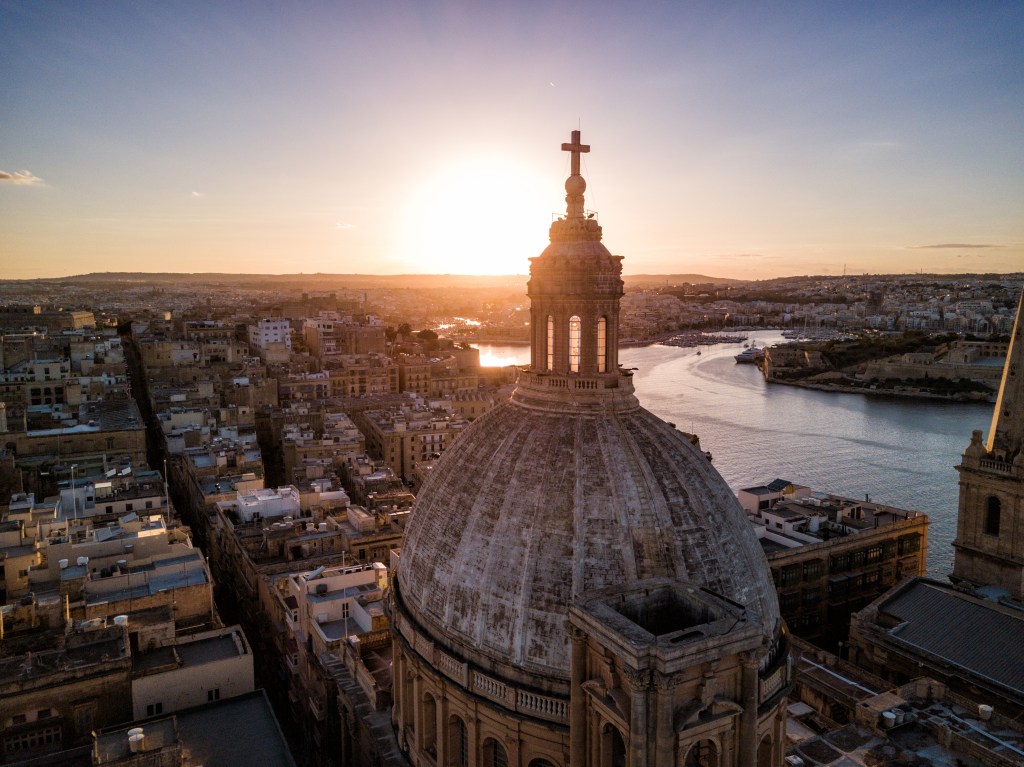
Holy icons: Whispers of the ages
But Malta’s rich Marian heritage extends beyond architectural marvels, devotional spaces, or human encounters. The island is also home to revered icons that embody centuries of devotion. Two such extraordinary icons stand out for their artistic merits, their historical significance, and the special place they have in the hearts of the Maltese:
· Our Lady of Damascus (Id-Damaxxena):
This 12th-century icon, attributed to the Byzantine School, is a captivating work of art. Crafted on a wooden panel, it depicts the Virgin Mary holding the Christ Child in a traditional frontal pose known as the “Theotokos” (God-bearer) image. Mary’s expression is serene and regal, while the Christ Child displays a gesture of blessing. The icon showcases the use of egg tempera paint and gold leaf, techniques characteristic of Byzantine art. The rich colors and detailed brushwork contribute to the icon’s powerful presence.
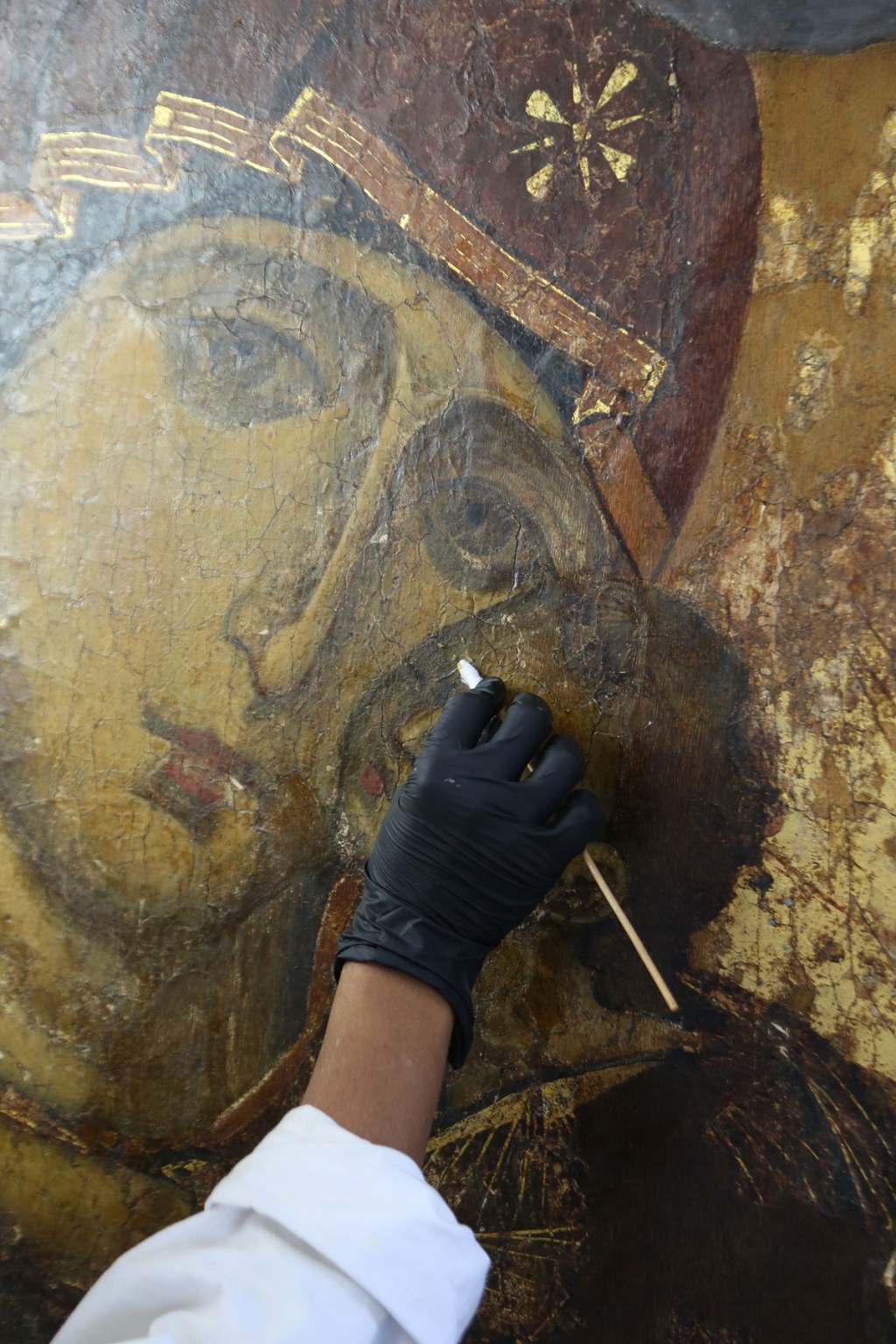
· Our Lady of Mercy (Eleimonitria):
This 14th-century masterpiece presents a unique portrayal of Mary. Unlike the formal style of Our Lady of Damascus, this icon depicts the Virgin Mary in a more intimate and compassionate manner. She holds the Christ Child close, her gaze filled with tenderness and concern. The style hints at influences beyond the Byzantine tradition, possibly reflecting artistic movements emerging in the late medieval period. The icon’s vibrant colors and expressive brushwork evoke a sense of warmth and solace.
Both icons have undergone restoration efforts to preserve their beauty and ensure their legacy continues to inspire future generations.
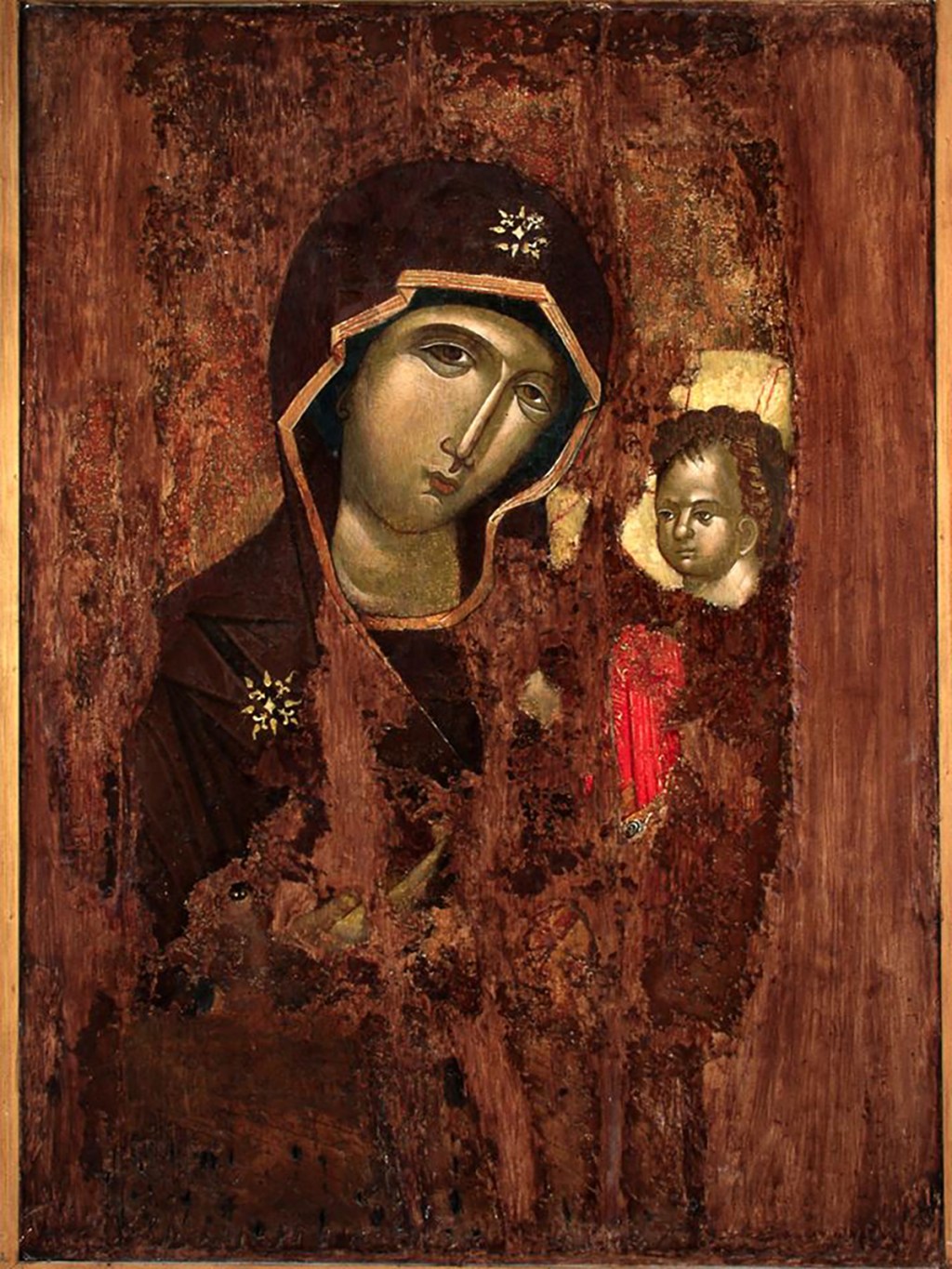
Your pilgrimage: A personal transformation
The stories and legends of Malta’s Marian shrines are still being written. Yours could be next. As we speak, new accounts of answered prayers, unexpected healings, and the gentle hand of divine intervention are being woven into the spiritual fabric of the island. Whether you are seeking consolation, a renewed sense of wonder, or a deeper understanding of your faith, Malta’s Marian treasures invite you to open your heart and explore the whispers of the divine.
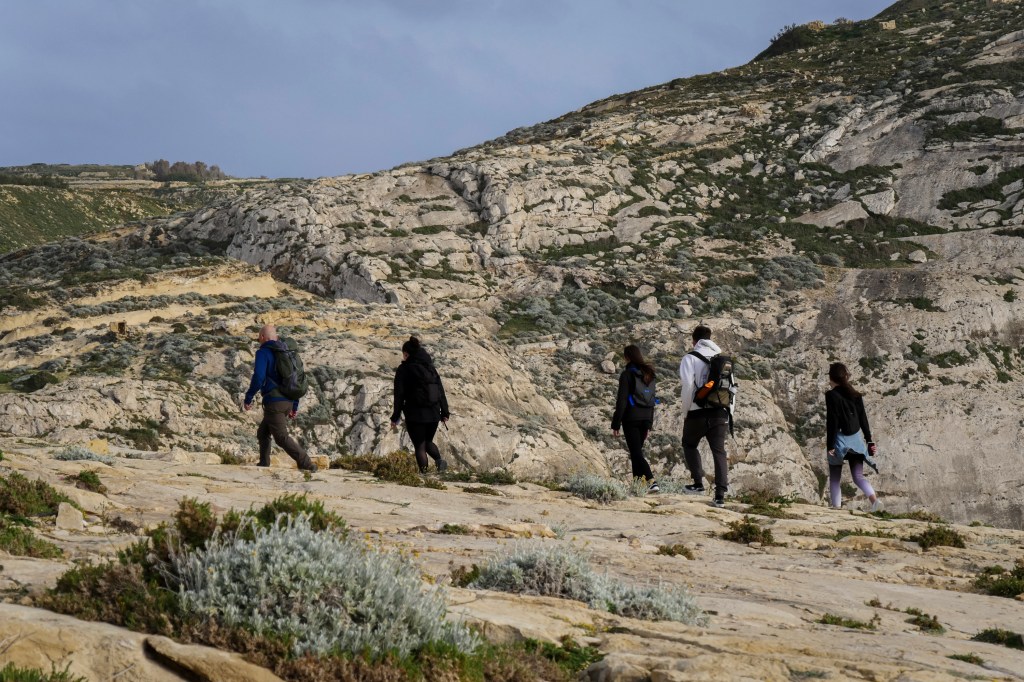
Malta’s Marian wonders offer more than beautiful architecture, ancient icons, and fascinating stories. They offer an opportunity for spiritual reflection and renewal. As you witness the island’s unwavering faith, let it spark your own inner dialogue. How does the example of the Virgin Mary inspire you? What forms of devotion feel most meaningful in your own spiritual journey? Allow Malta’s vibrant faith to enliven your own and carry that inspiration back into your daily life.
This content has been brought to you in partnership with the Malta Tourism Authority.
